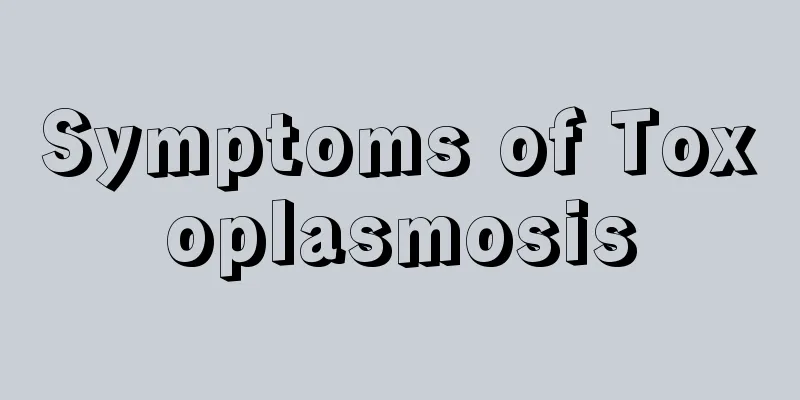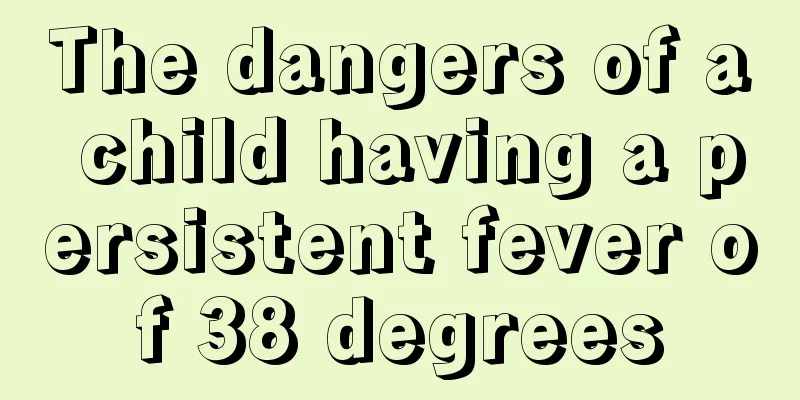Symptoms of Toxoplasmosis

|
Everyone knows that microorganisms have a certain cell structure, and Toxoplasma gondii is also a poisonous insect. They have a great impact on the human body, especially on newborns with poor resistance. They may cause many diseases and symptoms in newborns, and in severe cases, they may be close to death. Therefore, it is important to understand the symptoms of toxoplasmosis so that you can detect and treat it as early as possible to avoid delaying the disease.
Systemic infection is more common in newborns. It is often caused by Toxoplasma gondii rapidly multiplying in various organs and directly destroying the parasitic cells. Common symptoms include fever, anemia, vomiting, cyanosis, edema, maculopapular rash, body cavity effusion, hepatosplenomegaly, jaundice, myocarditis, and lymphadenopathy. Death often occurs quickly. The main manifestations of the so-called neonatal toxoplasmosis syndrome are anemia, jaundice, and hepatosplenomegaly. 2. Central nervous system manifestations The main symptoms are hydrocephalus, brain calcification and various brain malformations. Manifestations include meningoencephalitis, encephalitis, or meningitis. Convulsions, limb rigidity, cranial nerve paralysis, and movement and consciousness disorders are common. The cerebrospinal fluid is yellow, and the lymphocytes and protein may increase. In the late stage, brain calcium meridian occurs in the center of the lesion. In some cases, the debris of necrotic brain tissue breaks off and enters the lateral ventricles, circulates with the cerebrospinal fluid, and blocks the cerebral aqueduct or causes damage to the wall of the cerebral aqueduct. Any lesion may cause obstructive hydrocephalus. If the lesion is localized, it may cause epilepsy. Death may occur within days or weeks of onset. If the condition improves, sequelae such as convulsions, intellectual disability, and chorioretinitis are often left behind.
Eye diseases are more common, first occurring in the retina, and occasionally the entire eyeball is affected, causing the eyeball to become smaller, deformed, and even blind. It usually occurs on both sides of the eye. Latent congenital toxoplasmosis is also common, accounting for about 80%. There may be no symptoms at birth, but there are toxoplasma cysts in the nervous system or chorioretina, and symptoms of nervous system or chorioretinal inflammation may not appear until several months, years or even adults. The above introduction to the symptoms of toxoplasmosis will help us better detect this disease. Patients have almost no symptoms in the early stages of infection, but once symptoms appear, they are more serious. Moreover, the above symptoms can easily be confused with other diseases, leading to misdiagnosis. Therefore, if people in pet-keeping households experience the above symptoms, they should consider whether they have toxoplasmosis. |
<<: What's wrong with my six-month-old baby who keeps retching?
>>: What to do if your child has a cold and a stomachache? The fastest way
Recommend
Childhood mental illness
For children, because their resistance is relativ...
Treatment for night sweats in children
Children's physical health is one of the thin...
Is it normal for a baby to not poop for a day?
Many mothers see that their babies usually poop f...
What to do if your child has excessive liver fire
The main manifestation of liver fire in children ...
What is the massage method for children with cold and fever?
If a younger child catches a cold and has a fever...
What is the reason for baby's hands to break out?
Babies' skin is usually delicate and will not...
What to do if your child has an eye infection
I believe that older people have heard the advice...
What causes slurred speech?
Most babies start learning to speak at around one...
Treatment time and method of neonatal jaundice
Nowadays, the incidence rate of newborns is getti...
What are the methods to cultivate children's nap habits?
The most annoying thing is that many children cry...
What causes newborns to have difficulty breathing?
With the arrival of a little life, it not only br...
What should I do if my child has variant asthma?
Variant asthma is also called allergic asthma and...
Reasons why babies poop in the middle of the night
Every night, babies are particularly reluctant to...
What to do if your 2-year-old baby is very active
When the baby is 2 years old, many parents feel t...
What should I do if my baby has inflammation and repeated fever?
If there is a baby at home, the baby's every ...









